A reconceived farming system can rapidly improve fertility without chemical fertilizers, and without sacrificing crop yields.
- By David R. Montgomery on July 16, 2018

A reconceived farming system can rapidly improve fertility without chemical fertilizers, and without sacrificing crop yields.
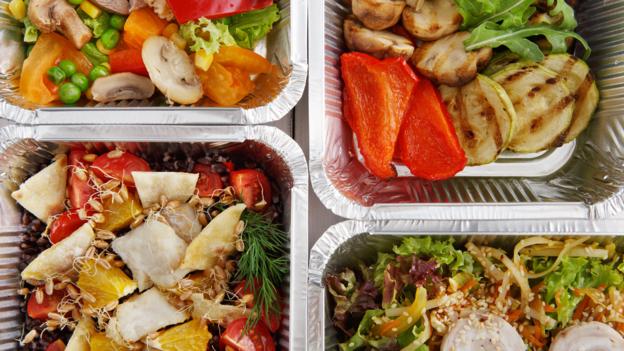
Such a good news for the holidays! Wonderful food ranking of the 100 most nutritious foods, published in PloS journal. Notice the eighth best place- pork fat: “… 8. PORK FAT 632kcal, $0.95, per 100g A good source of B vitamins and minerals. Pork fat is more unsaturated and healthier than lamb or beef fat…” And for my Bulgarian and other Balkan friends, even better, the seventh best food is the cheapest, time-filling pumpkin seeds, we grew up with. Merry Christmas and a Happy New Year!
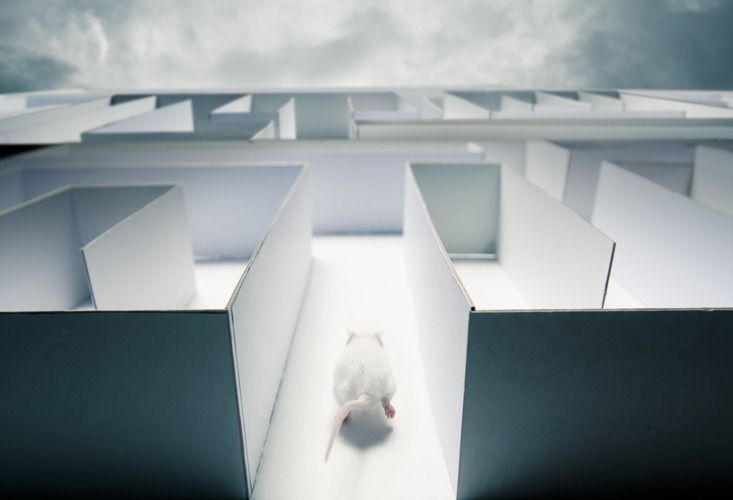
Physics grappled with the question of whether space is absolute or relative for centuries, before deciding in favor of relativity. But, it is only in recent years that the brain sciences have begun to discuss a parallel set of questions. For many years now, absolute space has ruled neuroscience. In the visual system, for example, it has long been assumed that there are two channels of information flow.4 The first is the “what” channel, carrying information about the identity of objects that an animal sees. The second is the “where” channel, containing information about the absolute position of these objects. It was believed that the “what” channel contained no positional information at all. However, recent work has shown that while no information about the absolute position of an object is present in this channel, there is relative position information.5,6 This relative positional information is likely to be very important for object recognition.
The first pieces of the brain’s “inner GPS” started coming to light in 1970. In the laboratories of University College London, John O’Keefe and his student Jonathan Dostrovsky recorded the electrical activity of neurons in the hippocampus of freely moving rats. They found a group of neurons that increased their activity only when a rat found itself in a particular location. They called them “place cells.”
Building on these early findings, O’Keefe and his colleague Lynn Nadel proposed that the hippocampus contains an invariant representation of space that does not depend on mood or desire. They called this representation the “cognitive map.” In their view, all of the brain’s place cells together represent the entirety of an animal’s environment, and whichever place cell is active indicates its current location. In other words, the hippocampus is like a GPS. It tells you where you are on a map and that map remains the same whether you are hungry and looking for food or sleepy and looking for a bed. O’Keefe and Nadel suggested that the absolute position represented in the hippocampal place cells provides a mental framework that can be used by an animal to find its way in any situation—be that to find food or a bed.
Over the next 40 years, other researchers—including the husband and wife duo of Edvard and May-Britt Moser—produced support for the idea that the brain’s hippocampal circuitry acts like an inner GPS. In recognition of their pioneering work, O’Keefe and the Mosers were awarded the 2014 Nobel Prize in physiology or medicine. You’d think that this would mean that the role of the hippocampus in guiding an animal through space was solved.
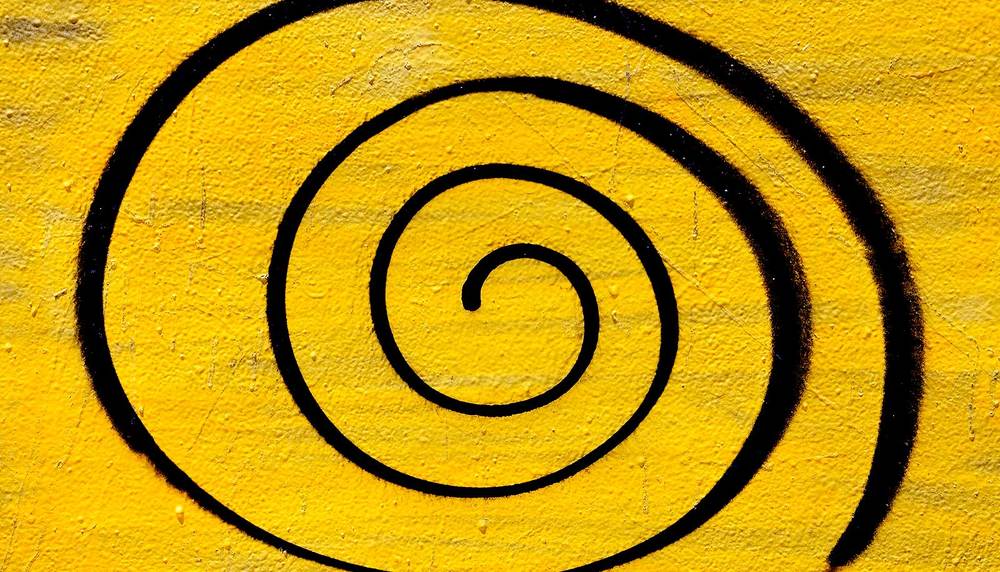
When a biofilm has eaten every nearby nutrient it can, bacteria synchronize vortex-like patterns to grab more distant food.
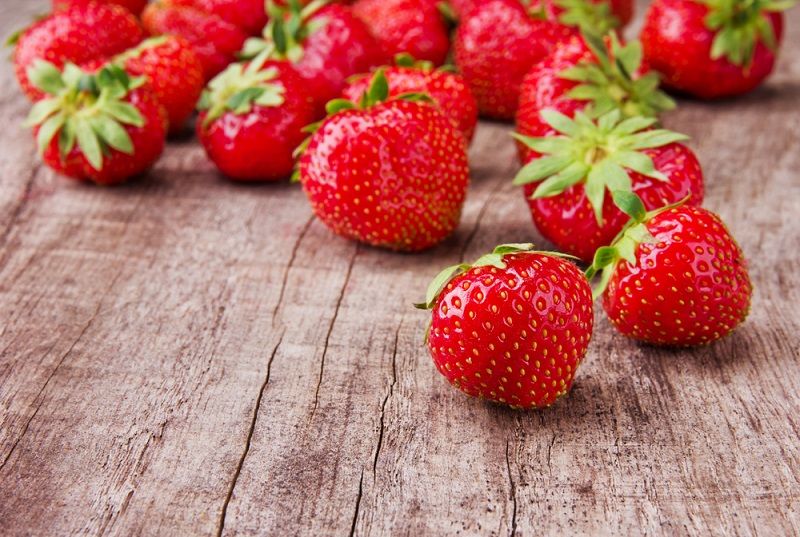
There has been considerable interest in fisetin recently, especially for its potential as a senolytic, which clears away dysfunctional senescent cells that accumulate with aging. Researchers believe that fisetin may be useful in increasing the healthy period of life known as healthspan.
What is Fisetin?
Fisetin is a naturally occurring flavonol and part of the flavonoid family of polyphenols. Fisetin also acts as a pigment and influences the color of various fruits and vegetables. It can be found in many common fruits and vegetables, although the amounts greatly vary.

Ghrelin, the hormone that makes you hungry, also makes food, and food smells, irresistibly appealing. Karen Hopkin reports.
‘Tis the season…for overeating! But it’s not just your lack of willpower or the omnipresent holiday treats. No, you can lay some of the blame on ghrelin. Because a new study shows that ghrelin, the hormone that makes you hungry, also makes food…and food smells…irresistibly appealing. The finding appears in the journal Cell Reports. [Jung Eun Han et al, Ghrelin Enhances Food Odor Conditioning in Healthy Humans: An fMRI Study].

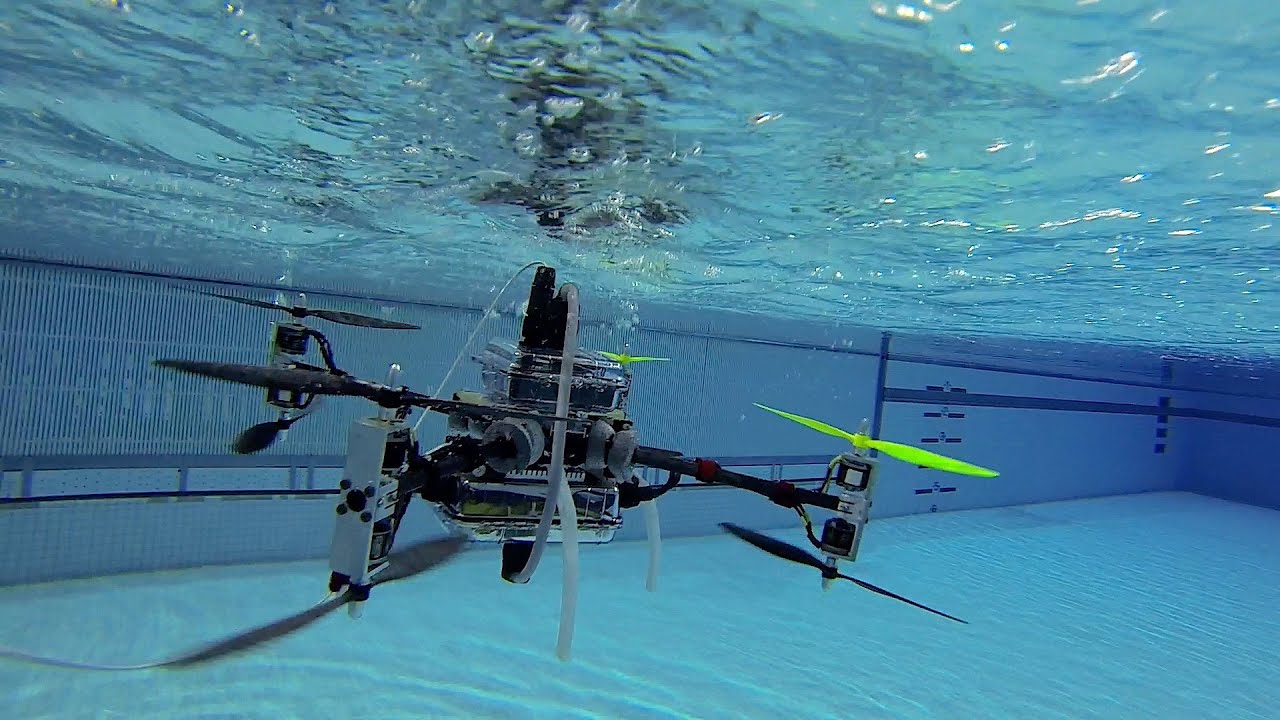
It isn’t unreasonable to think of drones as pesky technological nuisances. Our modern digital ecosystem regularly infringes on traditional notions of privacy and bombards our limited attention spans with stimuli. A swarm of drones hovering overhead seems like the physical manifestation of these intrusions and distractions. But we shouldn’t swat them away just yet. Drones still have practical utility and the potential to change industries.
An Expanding Market
The appeal of drones in the consumer market is obvious. They can capture video footage from exciting angles, serving the vanity of a population obsessed with self-documentation. Beyond that, drones also have commercial and civil government applications that include firefighting, farming, construction, deliveries, and insurance claims. According to Goldman Sachs Research, this contributes to a $100 billion market opportunity between 2016 and 2020.
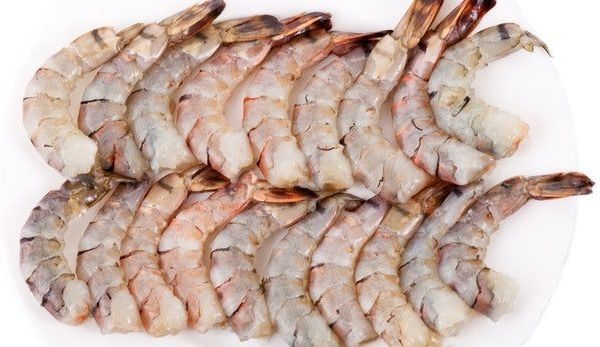
While it’s important to keep food of any type fresh, it’s particularly crucial with seafood, as it can become tainted with toxic bacteria. That’s why an international group of scientists is developing a transparent antibacterial film that gets eaten along with the seafood it’s covering.
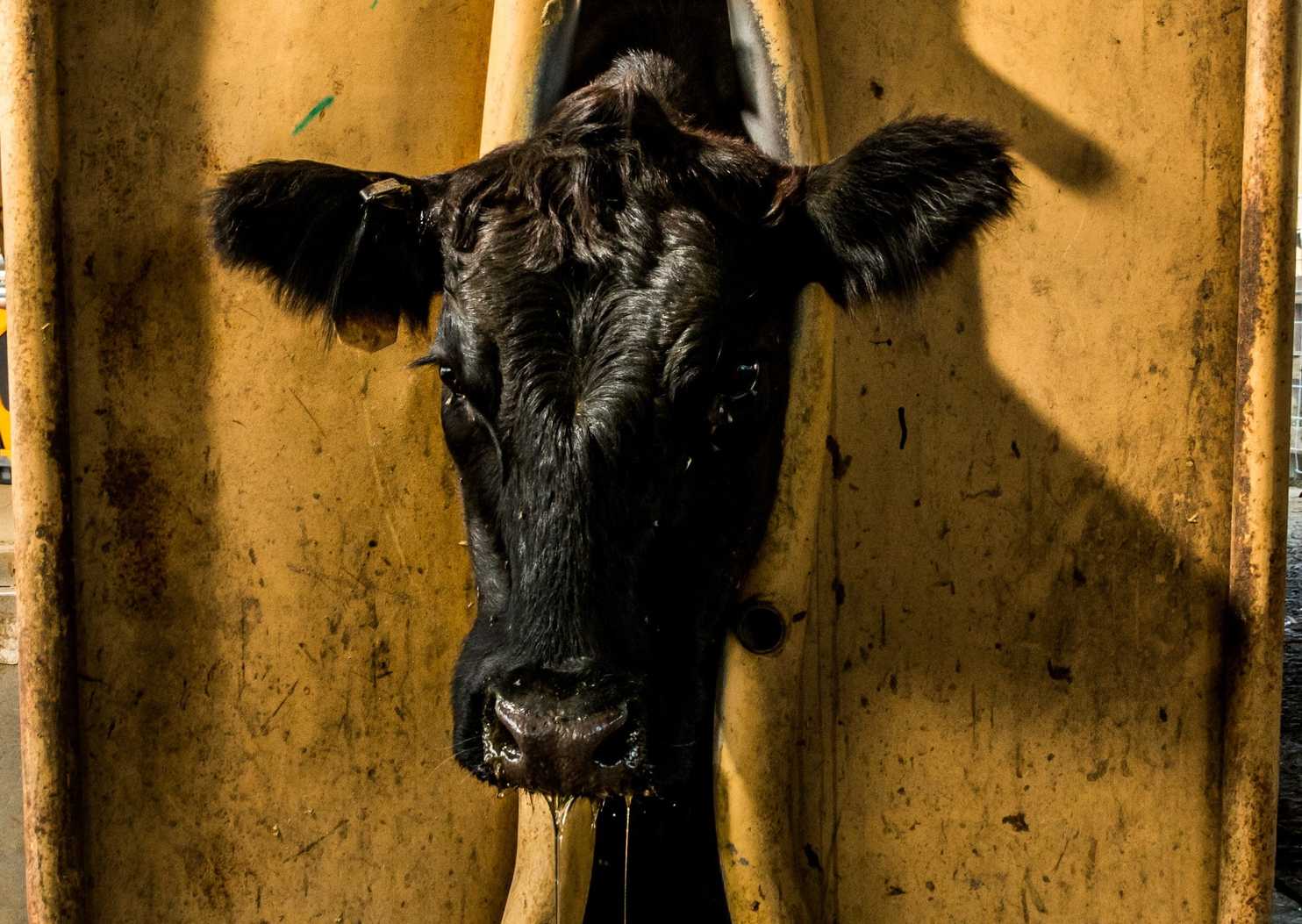
Society and the government aren’t sure what to make of new techniques for animal breeding.